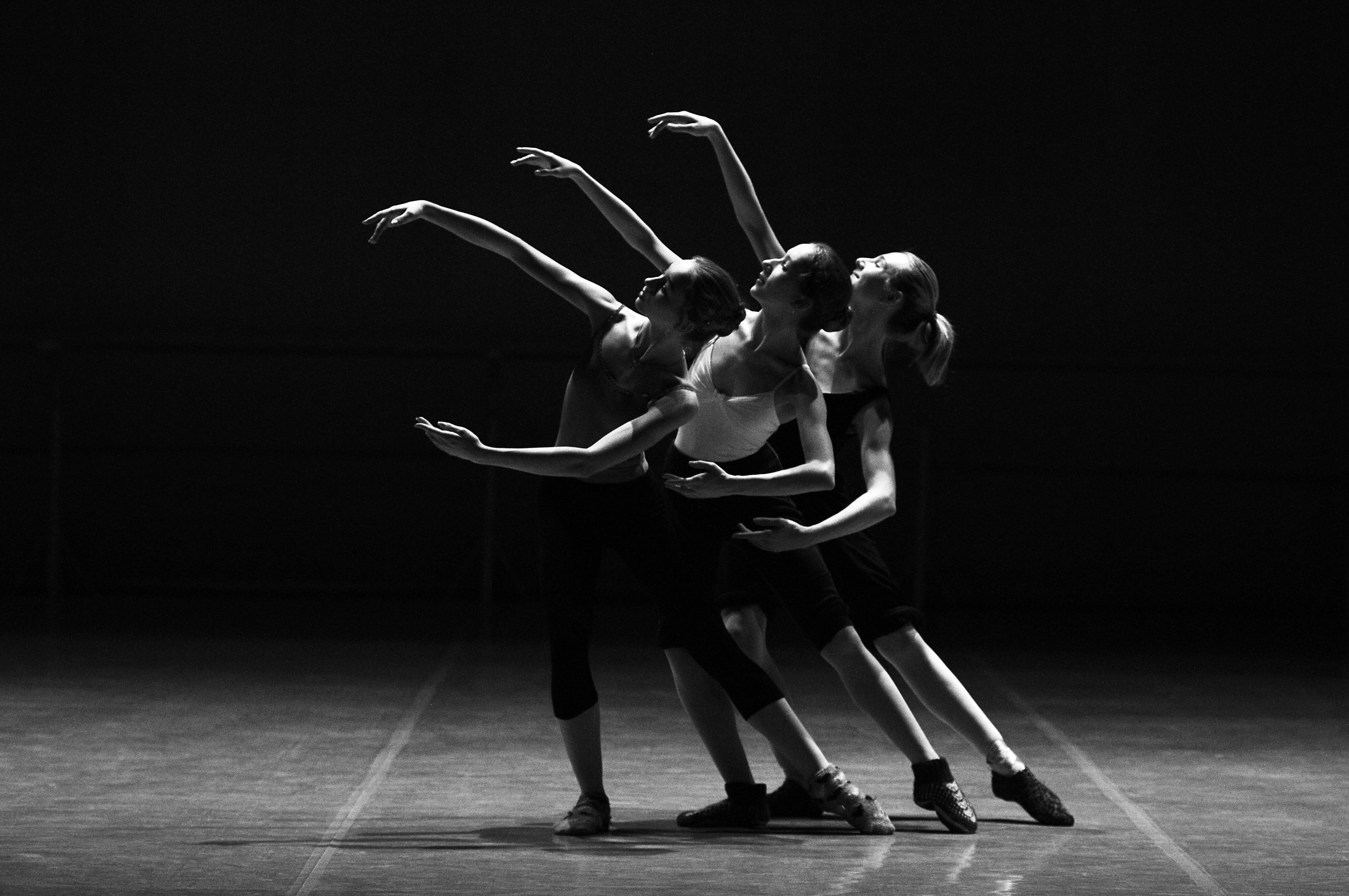The Avant-Garde Renaissance in Contemporary Ballet
In the realm of classical dance, a quiet revolution is unfolding. Contemporary ballet, long seen as the rebellious offspring of its traditional counterpart, is experiencing a renaissance that is reshaping the landscape of modern performance art. This avant-garde movement is pushing the boundaries of what dance can express, blending classical techniques with innovative choreography and unconventional storytelling.

Breaking the Mold: Choreographic Innovations
Today’s contemporary ballet choreographers are redefining the art form through groundbreaking techniques. Companies like Nederlands Dans Theater and Batsheva Dance Company are at the forefront, incorporating elements of modern dance, improvisation, and even acrobatics into their performances. These innovations extend beyond movement, with choreographers experimenting with unconventional staging, multimedia elements, and interactive audience experiences.
Narrative Evolution: Storytelling in Motion
While classical ballet often relies on well-known fairy tales and myths, contemporary ballet is exploring new narrative territories. Choreographers are crafting pieces that address current social issues, personal experiences, and abstract concepts. Works like Crystal Pite’s Betroffenheit tackle themes of trauma and recovery, while Wayne McGregor’s Autobiography uses the choreographer’s own genetic code as a creative springboard. This shift in storytelling approach is attracting new audiences and challenging preconceptions about ballet’s relevance in the modern world.
The Fusion of Art Forms
Contemporary ballet is increasingly blurring the lines between dance and other art forms. Collaborations with visual artists, musicians, and technology experts are common, resulting in multidisciplinary performances that engage multiple senses. For example, Alexander Ekman’s A Swan Lake reimagines the classic ballet with a flooded stage, creating a stunning visual spectacle that complements the dancers’ movements. These cross-disciplinary approaches are expanding the vocabulary of ballet and attracting artists from diverse backgrounds to the form.
Global Influences and Cultural Exchange
The renaissance in contemporary ballet is a global phenomenon, with companies and choreographers drawing inspiration from a wide range of cultural traditions. Asian choreographers like Sidi Larbi Cherkaoui are incorporating elements of martial arts and Eastern philosophies into their work, while African-American choreographers like Robert Battle are exploring themes of identity and heritage through ballet. This cultural cross-pollination is resulting in a rich tapestry of styles and perspectives that reflect our interconnected world.
Technical Virtuosity Meets Emotional Depth
Despite its experimental nature, contemporary ballet still demands exceptional technical skill from its performers. Dancers must be versatile, able to execute classical ballet techniques while also adapting to more fluid, contemporary movements. This fusion of technical virtuosity with emotional expressiveness is creating a new breed of dancer – one who can seamlessly transition between different styles and convey complex narratives through movement alone.
Challenging Gender Norms and Body Stereotypes
Contemporary ballet is at the forefront of challenging traditional gender roles and body stereotypes in dance. Choreographers are creating gender-neutral roles, exploring same-sex partnerships, and casting dancers of diverse body types. Companies like Ballet BC and Scottish Ballet are leading this charge, presenting works that celebrate inclusivity and challenge audience expectations of what a ballet dancer should look like or how they should move.
The Role of Technology in Contemporary Ballet
Technology is playing an increasingly important role in contemporary ballet productions. From motion-capture software that informs choreography to interactive set designs that respond to dancers’ movements, technology is opening up new possibilities for creative expression. Some companies are even experimenting with virtual and augmented reality, allowing audiences to experience ballet in entirely new ways and expanding the reach of live performances beyond traditional theater spaces.
The Future of Contemporary Ballet
As contemporary ballet continues to evolve, it faces both opportunities and challenges. While purists may argue that it strays too far from classical traditions, advocates see it as a necessary evolution that ensures ballet’s relevance in the 21st century. The movement’s ability to attract younger audiences and address contemporary issues suggests a bright future, but it must balance innovation with respect for its roots to maintain its artistic integrity.
In conclusion, the avant-garde renaissance in contemporary ballet represents a thrilling period of creativity and experimentation in the dance world. By pushing boundaries, embracing diversity, and engaging with modern themes and technologies, contemporary ballet is ensuring that this centuries-old art form remains vibrant and relevant for generations to come. As it continues to evolve, contemporary ballet promises to captivate audiences with its blend of technical mastery, emotional depth, and cutting-edge artistry.





